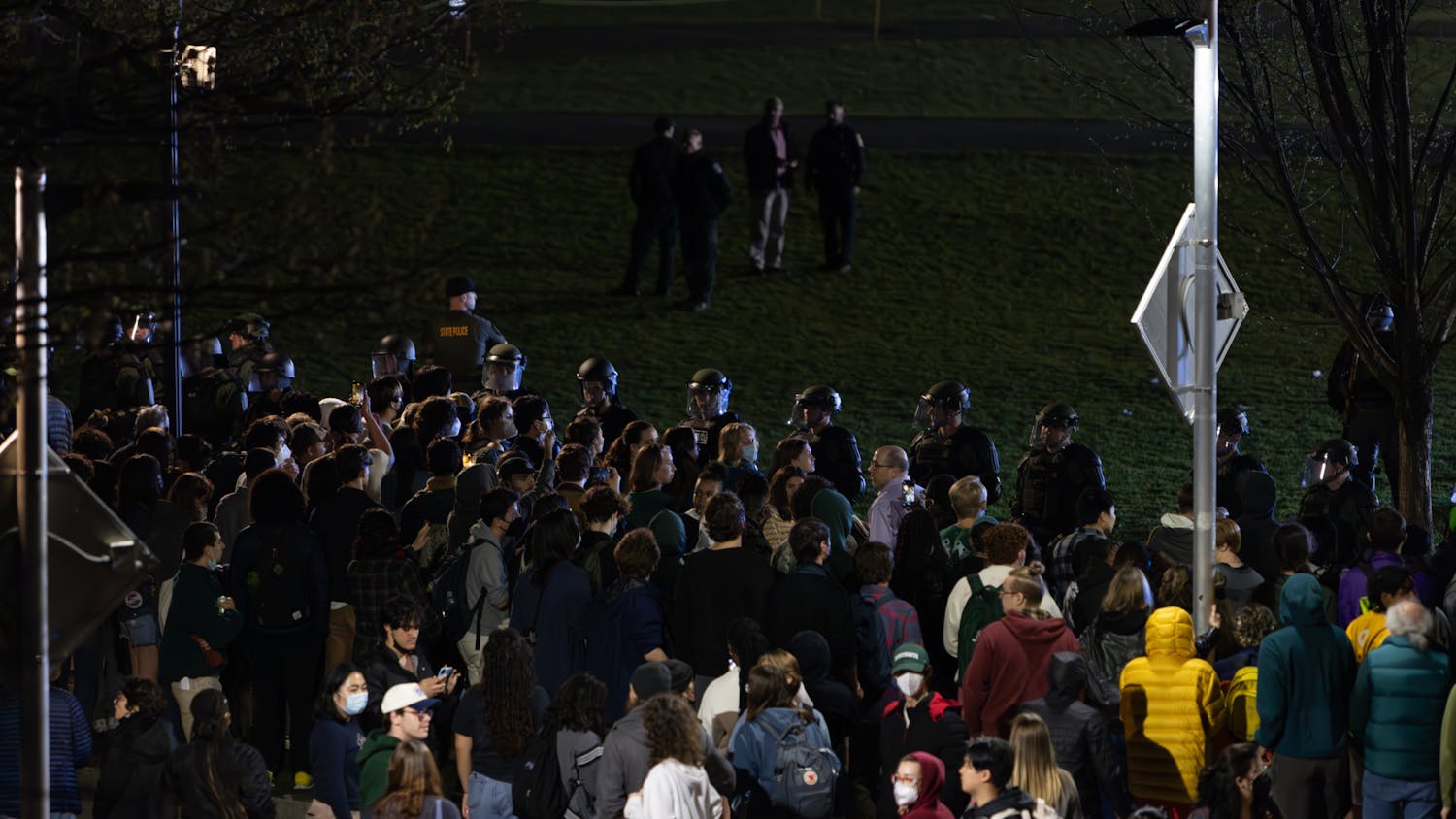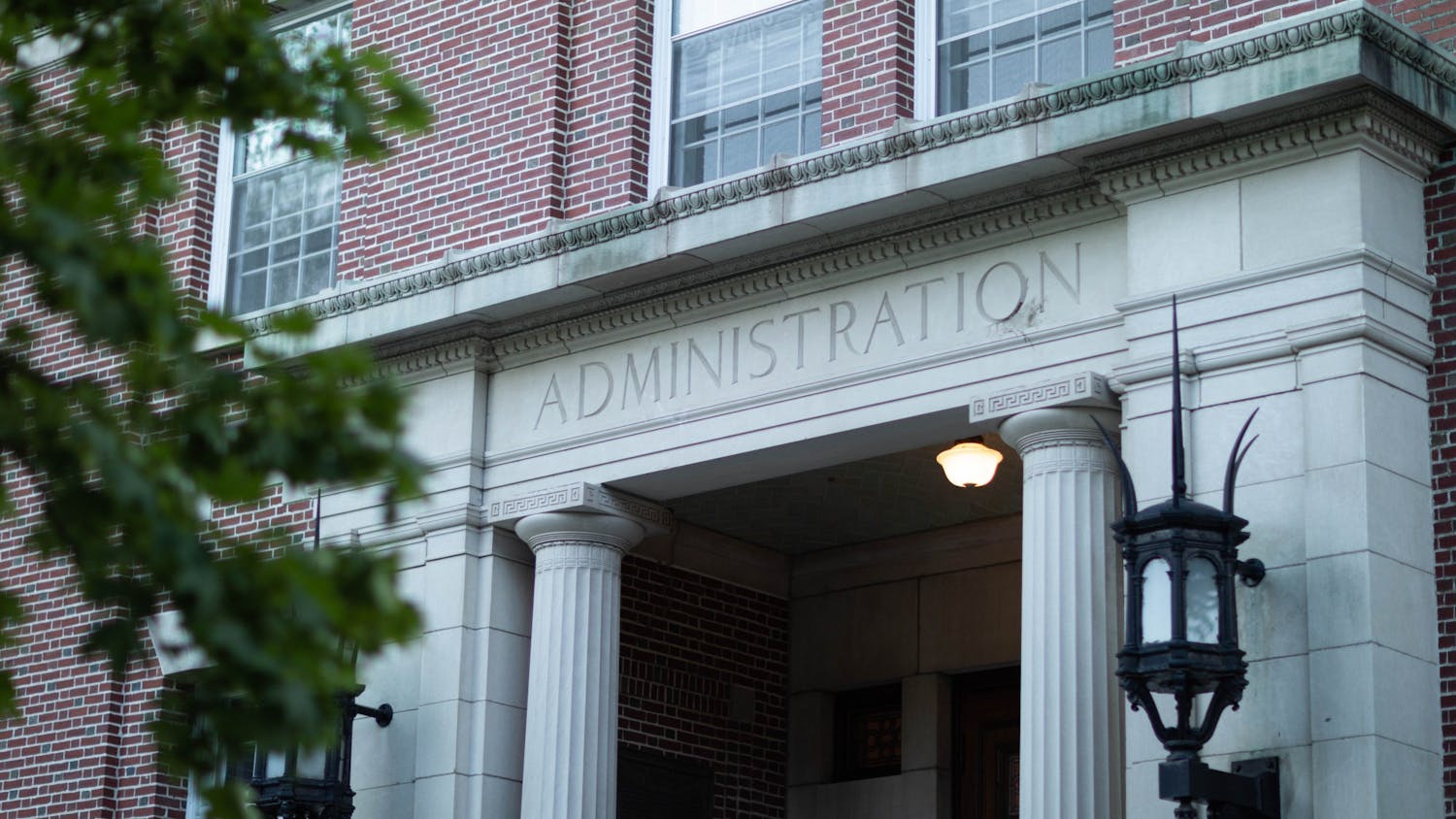While most of the debate over Title IX focuses on gender equity in sports, the landmark law was actually intended to affect all aspects of education -- and has had a major impact beyond the athletic field.
Throughout its history, Title IX has dramatically increased opportunities for women in academia.
Mostly, Title IX has made it possible for women to pursue degrees in areas previously dominated by men and has made it easier for them to rise through the professional ranks.
More recently, Title IX has influenced an even wider range of education policy. Across the country, women are citing Title IX in sexual harassment suits, tribal school policy and efforts to improve female enrollment in applied-science and engineering programs.
"There always needs to be more vigilance to make sure all are treated equitably in schools," said Jamie Fasteau, chair of the American Association of University Women, on Title IX's accomplishments thus far. "We are continuing to see gains."
Title IX has been remarkably successful at aiding women in the sciences. According to the U.S. Department of Education, since the implementation of Title IX in 1972 the proportion of first professional degrees that have gone to women increased more than sevenfold, from 6 percemt in 1972, to 45 percent in 2000.
Modifications to the original Title IX legislation have also had a tremendous impact on academic life. The Higher Education Act reauthorization in 1986 modified Federal Pell Grants and campus-based financial aid in state schools to be available to part-time students, who tend to be mostly women.
In the early days of Title IX, most legal attention was directed at leveling the number of men and women in classrooms and on sports teams, but now Title IX has taken on several more subtle forms of discrimination.
Much recent litigation is centered on sexual harassment in educational institutions. In 1992, the Supreme Court ruled in Franklin v. Gwinnett Country Public Schools that Title IX could be used to claim damages for a teacher sexually harassing his students.
Franklin set a precedent that was elaborated on in the landmark 1999 Supreme Court decision Davis v. Monroe County Board of Education. That decision found that Title IX obligates institutions to take responsibility in sexual harassment suits between students.
Title IX's promise that women not be "excluded from participation in, be denied the benefits of, or be subjected to discrimination under any education program or activity receiving Federal financial assistance" also obligates schools to provide a non-hostile environment for girls and women, the Court said.
Several activists have been trying to use Title IX to force Native American tribal schools to fund men's and women's education equally. Tribal schools have generally enjoyed a great amount of sovereignty from the federal government, but a few individuals have begun to challenge that.
"Title IX always should have been applicable in tribal schools," said Alyse Bertenthal, a University of Chicago Law School student who has been active in the tribal litigation.
There are also smaller movements to apply Title IX to standardized testing and to career and college counseling.
In other areas, however, Title IX has been less successful at meeting its original objectives.
Less than a quarter of all full professors at America's colleges and universities are women, and only about one-fifth of engineering degrees are awarded to women.
Title IX has probably failed most for women who do not attend four-year colleges.
"It is almost as if Title IX had not been enacted" when it comes to vocational education, Vice-President of Education at the National Women's Law Center Jocelyn Samuels said.
Those women who do attend vocational and technical schools tend to be steered away from the higher-income, traditionally male jobs, such being an electrician or a carpenter, Samuels said.
"When girls get into nontraditional classrooms, not only is there overt sexual harassment in many cases, there are also more subtle messages and actions sent by teachers and other students that girls are not welcome in this environment, or that they are not expected to succeed," Samuels said.
Though women have made great improvements in percentage of bachelor's degrees received, they still lag behind in doctoral degrees. The National Women's Law Center reports that in 1998 women received only 12 percent of doctorates awarded in engineering, and less that one percent of doctorates in engineering sciences.
Title IX has not erased discrepancies in hiring practices, either.
Though the 1983 Supreme Court case North Haven Board of Education v. Bell ruled that Title IX prohibits discrimination in hiring practices in federally-funded education institutions, only 20.8 percent of full professors at colleges across the country are women, according to a 1998 National Education Association study. And of those, only 51.8 percent are tenured, compared to 70.6 percent of their male counterparts.
The discrepancy between male and female professors is most prominent at the most prestigious colleges in the country.
From 1994 until 1999, several tenured female professors at the Massachusetts Institute of Technology School of Science formed a committee to examine sex-discrimination against female faculty at the school.
The committee's findings fueled the gender controversy, concluding that not only did women have lower salaries at MIT than men of equivalent stature, but a women had never served as a department head or even an associate head at the MIT School of Science.
In some of the most discouraging news for Title IX supporters, according the Senate testimony of Marcia Greenberg of the Women's Law Center, the percentage of women in computer and information sciences has actually declined nearly 10 percent since the mid-1980s.
To counteract this decline in the sciences, Dartmouth has joined with several other major universities, including the University of Michigan and Purdue University, in offering special programs to encourage women to pursue careers in science.
Mary Pavone, director of Dartmouth's Women in Science Program, said that programs like WISP were part of a larger efforts to change academia. She said Title IX is not sufficient by itself to create equity in the academic world.
"There needs to be systemic change that is pervasive throughout all levels of education and all across society," Pavone said.
Pavone added that stereotypes of people who become engineers and scientists begin to effect girls at a very young age.



